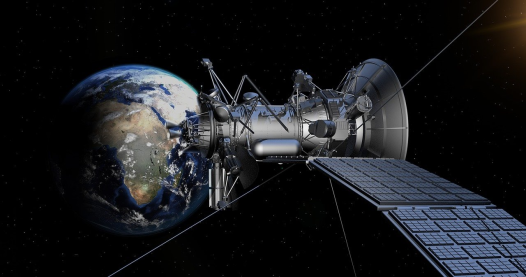Universities or the staff from those universities often work together on projects of mutual interest. Indeed, many grant funding schemes for research and development projects expect there to be a consortium of partner organisations, including universities on any bid proposal. I myself have been involved in such projects a number of times.
One of the most recent projects I worked on, an international development project funded by UK Aid through the Foreign, Commonwealth and Development Office, was called Transformation by Innovation in Distance Education or TIDE and operated in Myanmar. Despite the principal focus on distance education, another key feature was a subject focus on Education for Environment and Sustainable Development at the behest of our Myanmar partners, given the environmental challenges the country faces.

While the OU led the project and the distance education elements we were supported in the teaching of Education for Environment and Sustainable Development by distinguished colleagues from the Universities of Oxford and Manchester. Between the three universities, we had made inroads into the professional development of over 350 higher education staff from 40 higher education institutions before the project was cut short in February 2021 by the Military coup. We hope the legacy of TIDE has merely been paused rather than stopped altogether but the need to tackle climate change all around the globe continues.
A few universities working together can make a difference but all universities working together can make an even bigger difference in our need to tackle the consequences of climate change. Here in the UK, I want to note three sector-wide activities which show our collective determination to make a difference.
The Alliance for Sustainability Leadership in Education
In 1996, the Environmental Association of Universities and Colleges was established, existing to 'lead and empower the post-16 education sector to make sustainability 'just good business', encouraging many universities and colleges, in the UK and internationally to work together towards a more sustainable future. This goal has only become more important as COP26 draws nearer, encouraging UK universities to act now towards tackling climate change.
Six key actions UK universities must follow
A recent announcement by Universities UK, the body that represents their interests, that all UK universities are committed to six key actions to confront the climate emergency:
- Set targets for scope 1 and 2 emission reductions which support the government’s plans for reducing emissions by 78% by 2035 compared to 1990 levels and achieving net-zero by 2050 at the latest (or devolved government equivalents).
- Set a target for scope 3 emission reductions and other environmental targets beyond emissions or commit to a programme of work to set targets as soon as possible.
- Ensure that these targets are visible on their websites, alongside information on how the university is addressing the climate emergency through their teaching, research, leadership, local contributions and campus responsibilities.
- Set out how progress against these targets will be reported in a transparent, consistent, and understandable way, and collectively work with official statistics providers to improve data collection.
- Sign the UN’s SDG Accord or embed elements of SDG accord reporting into their existing reporting.
- Use the Climate Commission’s Climate Action toolkit to assess how further actions through the university’s policies and reporting could advance the UN SDGs and respond to the climate emergency.
COP26 Universities Network
More than 80 universities and research institutes from across the UK have joined together as a COP26 Universities Network to showcase their research addressing climate change. One of their outputs has been to produce a Climate Science 101 animation to clearly explain the science behind climate change.
Tackling the climate emergency requires actions by everyone that can, but at the same time listening to different voices and trying to find common ground.




Rate and Review
Rate this article
Review this article
Log into OpenLearn to leave reviews and join in the conversation.
Article reviews